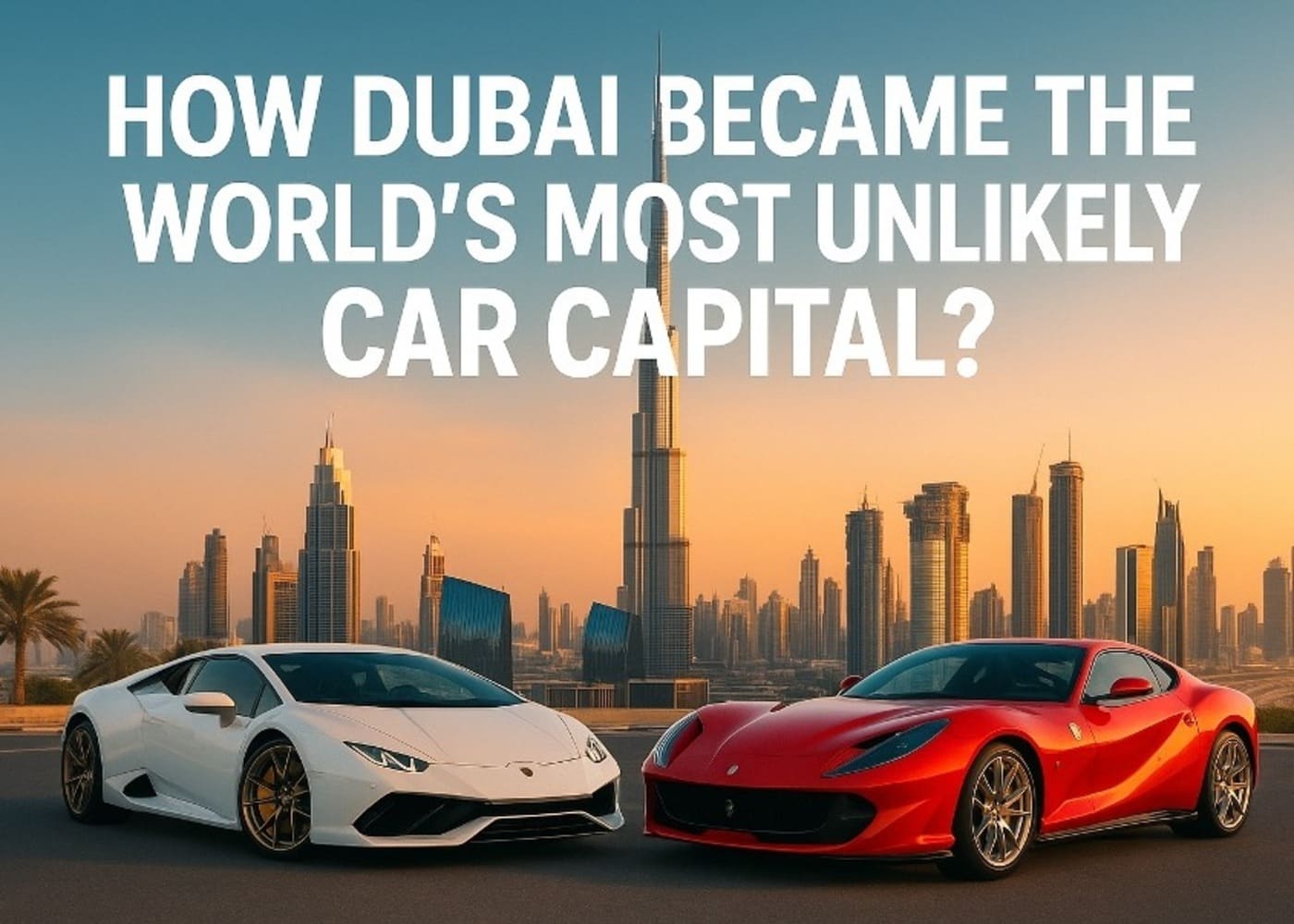Not since the advent of the personal computer and the internet has anything impacted our everyday lives as Social Media. The concept of the world as a ‘global village’ has been made true as a result of the presence of social media technologies. This generation is more aware of what is going on in and with their world more than all the generations before them.
World news and events breaking real-time are already on the social media space even before the mainstream television houses broadcast them as ‘Breaking news’. One act of humanity or inhumanity in one remote recesses of the world now has the power to influence a chain of events and reactions in other parts of the world far-flanged from the epicenter of such an event.
The event of the killing of George Floyd on May 25, 2020, in Minneapolis, Minnesota, the USA that sparked off the chain of reactions across the world that is today the “#Black Lives Matter” #BLM movement was captured in real-time on social media in such a way that mainstream television couldn’t possibly have.
Today, everyone is acutely conscious that we are all goldfish and there is no hiding place for our actions (or inactions) in a world with active social media.
So, what is ‘Social Media’ and how does it work?
Though the concept of social media has become a generic term; few have an in-depth understanding of what social media is and how it actually works even though over 3.96 billion of the entire world population have access to and use Social Media in one form or the other.
Social media, technically speaking is a web-based and mobile-based technology that includes interactive web 2.0 internet-based applications that host User-generated content, such as text posts or comments, digital photos or videos, and data generated through all online interactions, which are the life-blood of social media.
It is the means of interactions among people in which they create, share, and/or exchange information and ideas in virtual communities and networks. It allows individuals to keep in touch with friends and extended family; find career opportunities, connect with people across the globe with like-minded interests, and share their own thoughts, feelings, and insights online.
The purpose of social media is primarily to build a brand and increase a brand’s visibility, whether individual or organizational. With social media becoming more popular, the more a brand is covered across social media, the more times people see it, the more likely they are to become aware of such a brand.
With statistics on social media users showing that there are over 3.96 billion Social Media users worldwide, with Facebook being the most popular social media platform. Of this number, 90.4% of social media users are ‘Millennials’, 77.5% are of ‘Generation X’, and 48.2% belongs to the ‘Baby Boomers’ group. And the average time spent per day by users on social networks and messaging being 3 hours.
A key benefit is that it can be used to build relationships with potential customers across the various strata of the different generations of users. Social media can be a great way of interacting with people and businesses before they become customers. Often people want information about a company before they commit and it is a good way of getting information across.
The most popular social media websites or platforms are 1. Facebook – 2.23 billion MAUs; 2. YouTube – 1.9 billion MAUs; 3. WhatsApp – 1.5 billion MAUs; 4. Messenger 1.3 billion MAUs and 5. WeChat – 1.06 billion MAUs.
Whether we know it or not, social media is now at the centre of everything we do and its impact can be far-reaching – positively or negatively. And we will do well, to know how best to make use of it and how far we should let it become a part of our lifestyle.







